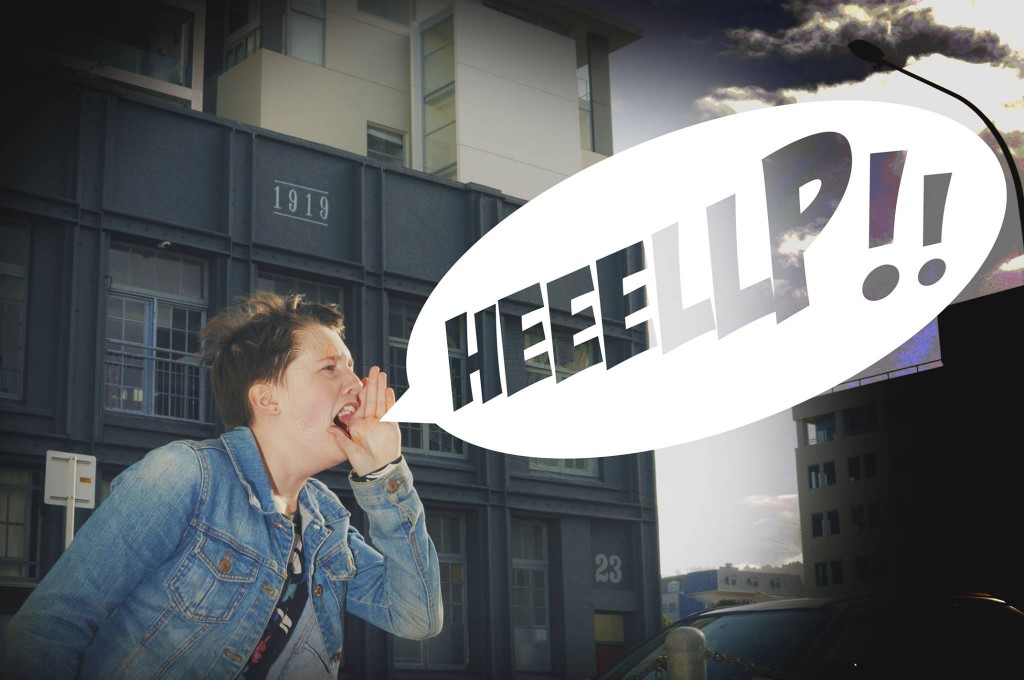
How to Save a Life: Bystander CPR
"PUSH HARD AND FAST!"
[embed]https://www.youtube.com/watch?v=ILxjxfB4zNk[/embed]
Vinnie Jones elegantly explains how to perform Hands-Only CPR, on behalf of the British Heart Foundation.
What I'm about to teach you are one of the most important things to know when somebody has a cardiac arrest; knowledge that increases survival to hospital discharge by 255%[1]. And it's not even hard to remember, so you should teach all your friends, too -- you never know when someone you love might need somebody with this knowledge.
What is a Cardiac Arrest?
This is different from a heart attack (though it can be caused by a heart attack). A cardiac arrest is a serious medical emergency, where blood circulation stops. Oxygen therefore stops going to the brain, causing loss of consciousness, and strange or no breathing.
A cardiac arrest is often (70% of the time[2]) caused by some type of underlying heart problem, but not always. Some other causes can be bleeding, drug overdose, drowning, and poisons.
If somebody is unconscious and not breathing normally, assume cardiac arrest, and start CPR immediately. Their survival depends on immediately getting CPR.
What is CPR?
It stands for 'cardio-pulmonary resuscitation', and is a way of manually pumping blood around the body while it isn't doing it on it's own. Basically, it keeps the body alive until advanced help arrives.
So what's Compression-only CPR?
The type of CPR that you've probably seen in the movies involves supporting someone's breathing by using 'mouth-to-mouth', or the 'kiss of life', where the rescuer breaths into the victims mouth. This is 'conventional CPR'. Compression-only CPR completely ignores this 'rescue breath' idea and focuses solely on giving immediate chest compressions with minimal interruptions.
Simple compression-only CPR is now gaining popularity and being taught more because it is easier for people to remember, and easier to get right. This means people are less likely to panic and do nothing in a CPR situation[3] and are less likely to waste precious time trying to give ineffective rescue breaths.
Recent studies have shown that survival rates are very similar for people who receive compression-only CPR versus people who receive conventional CPR, if the person doing the CPR is not a healthcare professional[3].
If you are trained and confident in giving rescue breaths or conventional-CPR, awesome, go for it! But otherwise, don't panic, and just focus on the compressions; something is always better than nothing in a cardiac arrest situation.
*PLEASE NOTE* These instructions are for providing CPR to teenagers and adults only. CPR is different for infants and children. If someone has collapsed due to drowning, drug overdose, or breathing problems, rescue breaths are known to be important, and should be attempted if possible, though compressions alone are better than nothing.
What to do if you come across someone who is unconscious?
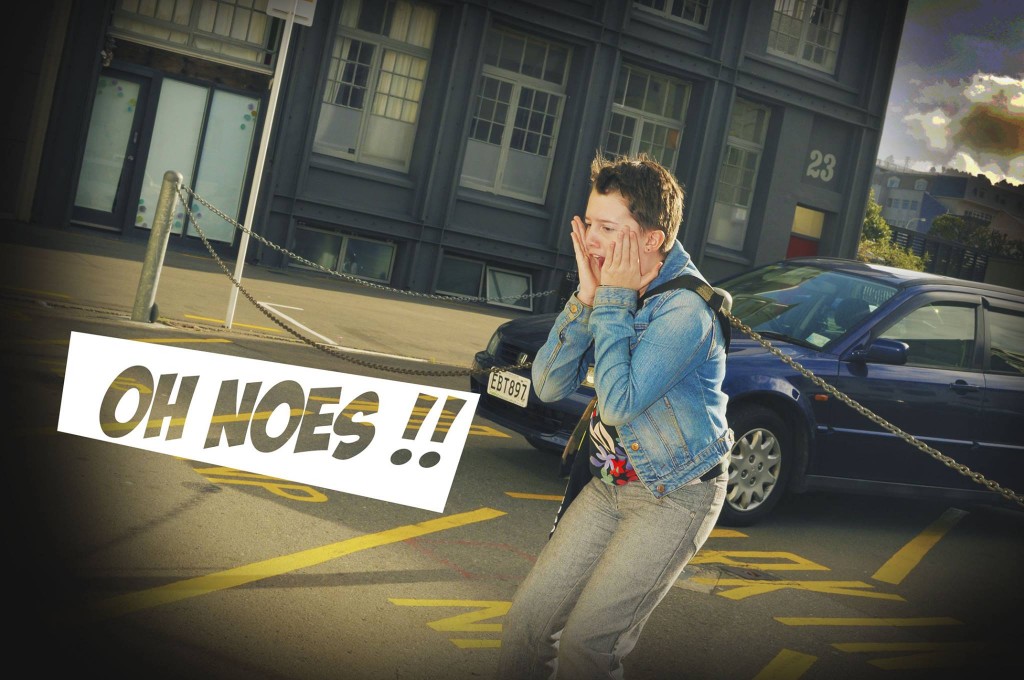
Check the area is safe
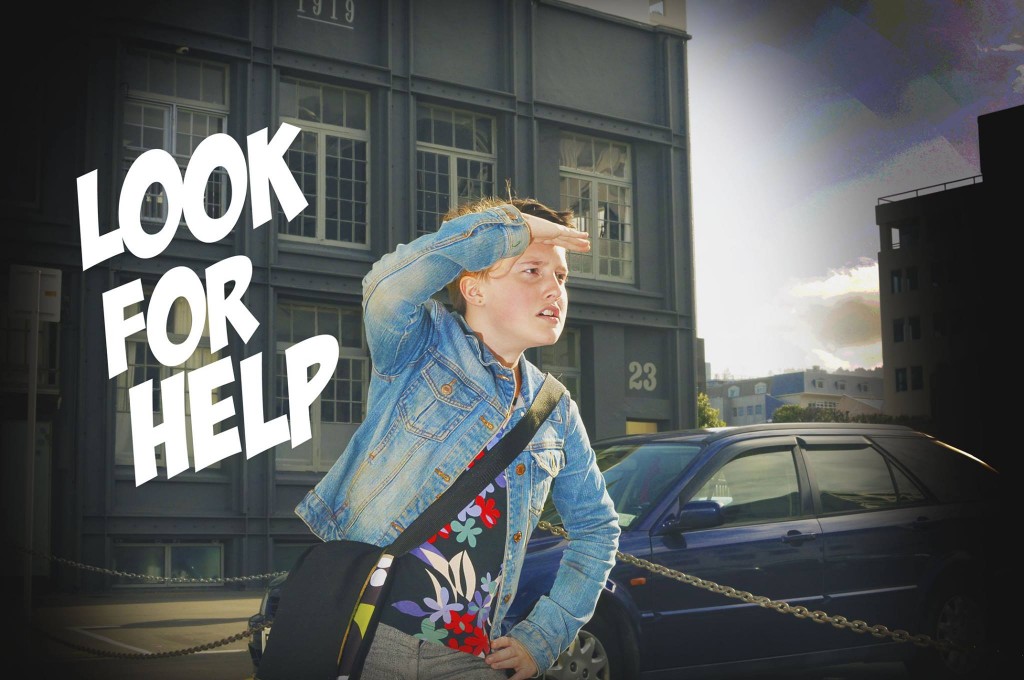
Never put yourself in danger to perform CPR. Minimise threats. For example, if a person is lying on a road, check that traffic is blocked. If they have been electrocuted, be sure the source is no longer powered. You're doing nobody any favours if you end up hurt and needing help, too.
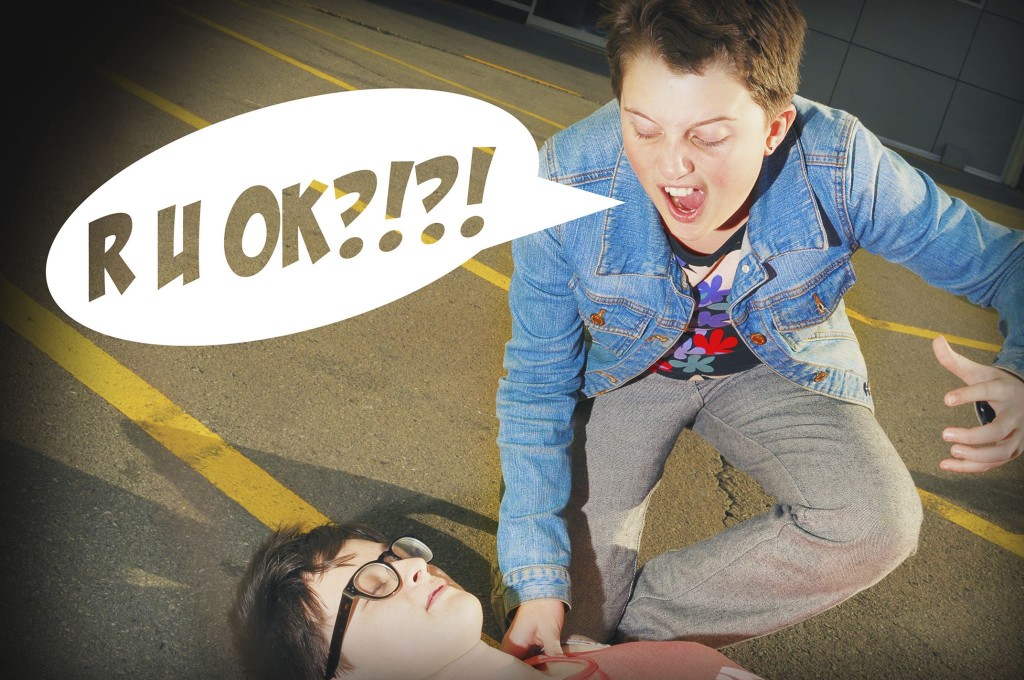
Check the person is consciousness and breathing

Loudly ask the collapsed person "are you okay?" and squeeze their shoulder hard. If they respond, even if it's just a groan, there is no need for CPR. Decide whether to call an ambulance, and perform basic first aid as needed.
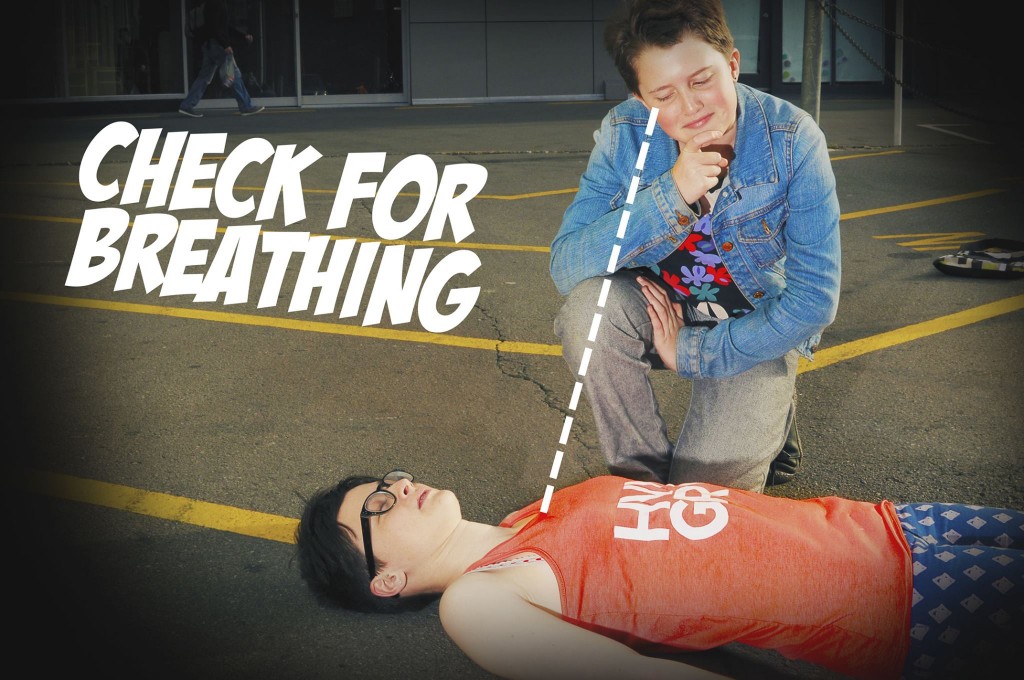
If they don't make any response, look for signs of breathing - can you see their chest rise and fall? If you hold your hand in front of their mouth, can you feel their breath? If they aren't breathing, or if their breathing is noisy, infrequent, or just doesn't seem normal, call for help then start CPR.
Call for help

If there are others around, get one of them to call an ambulance (111 in New Zealand). If you're alone, call them yourselves. Tell them where you are, and tell them you're going to perform CPR. In most cases, the dispatcher on the phone will be trained to help talk you through this.
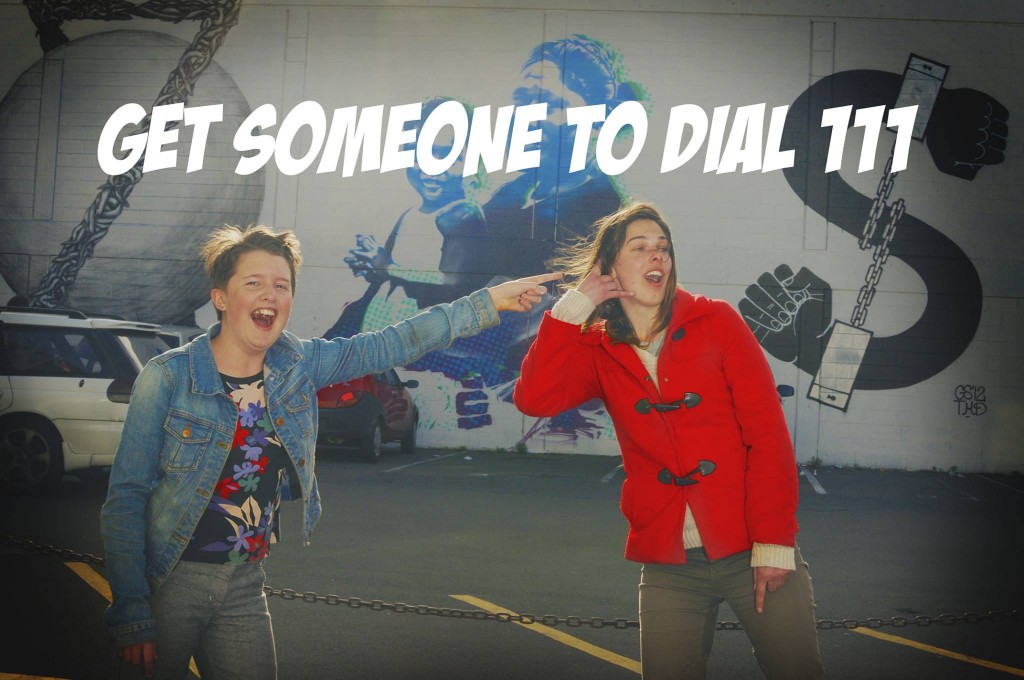
Give chest compressions

Roll the person who is collapsed so they are lying flat on their back.
- Put the heel of one hand in the center of the person's chest, roughly at their nipple line.
- Put the heel of your other hand on top of the first hand and lace your fingers together.
- Straighten your arms and lock your elbows straight. Position your shoulders over your hands.
- Using the weight of your upper body, push the chest down, hard and fast, through both hands.
- Compress the chest by 1/3, normally around 5cm. This is a reasonable depth, and takes reasonable power.
- Push at a rate of 100 compressions a minute (This is fast! Think of the beat in the song "staying alive" by the Bee Gee's, "I'm on top of the world" by Imagine Dragons, "Team" by Lorde, or find something specific to suit your taste by searching on here: http://jog.fm/workout-songs?bpm=100
- Don't interrupt or stop pushing! Unless:
- Someone else arrives who can take over
- The person starts breathing again or gains consciousness
- It becomes unsafe to continue
- An AED (Automatic External Defibrillator) is ready to use
[caption id="attachment_2075" align="center"]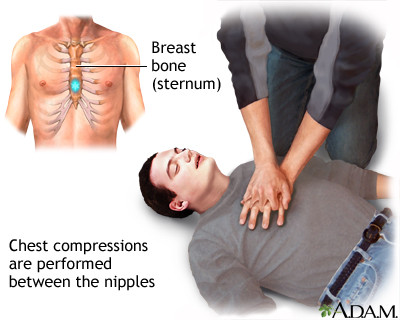 Actually the hand positioning should be more like this -- whoops![/caption]
Actually the hand positioning should be more like this -- whoops![/caption]
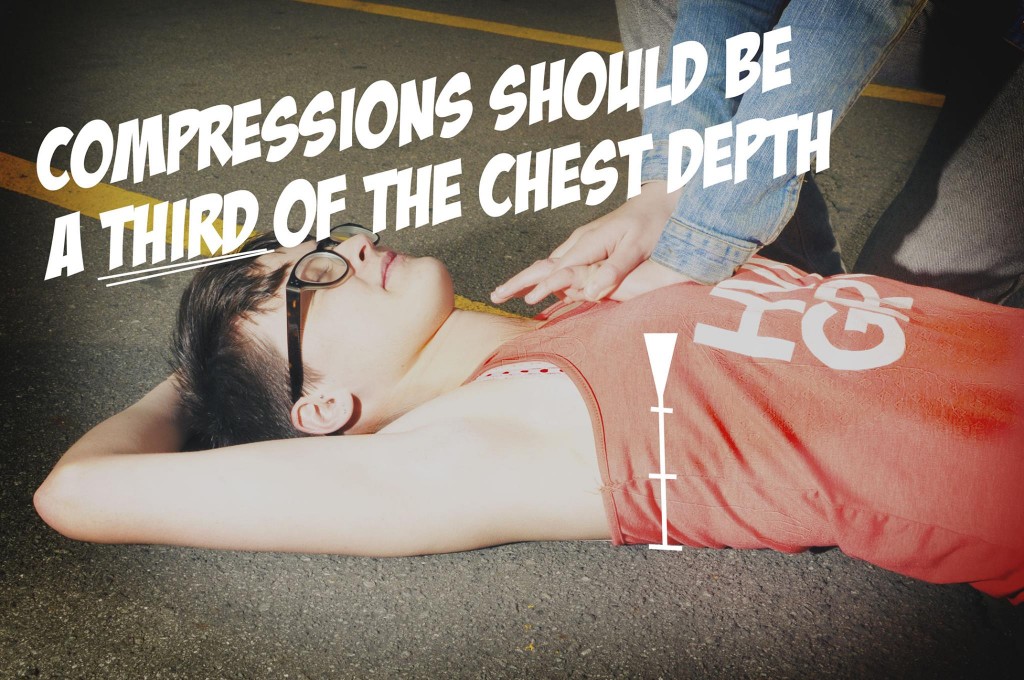
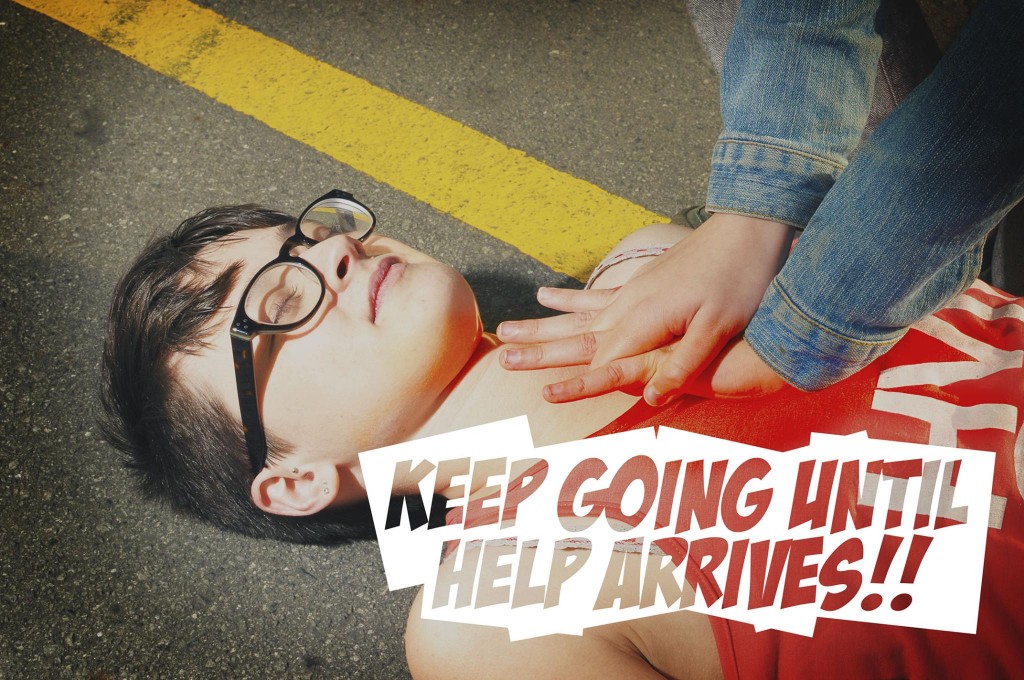
If possible, connect an AED (Automatic External Defibrillator)
If there's an AED around, open up the box. It'll automatically explain the rest from there! Seriously, it talks you through how to give CPR, and even counts the rhythm for compressions out for you. It also tells you how to connect 2 sticker pads to the collapsed person, which the AED then uses to analyse their heart beat. From there, it works out if they need to be given a 'shock' to restart their heart, and it does this all on it's own.
Honestly, even if they look a little freaky, if there's an AED around just open the box and do as it says. That little guy is seriously smart, and is there to help.
Learn more!
Obviously reading something on the internet is no substitute for proper training. A first aid course is a real asset, and definitely worth doing! Have a look at the Red Cross or St John's website to find out the availability of courses near you, and consider learning life saving skills from a qualified trainer.

Thanks also to Emily, who organised the photoshoot, and Serena, who shot the photos!
References:
DISCLAIMER
This article in no way substitutes formal first aid training at any level. This information was thoroughly researched and written by a registered health professional, however HVNGRY Magazine and the author cannot accept responsibility for any potential harm caused while following these instructions. While Hands-Only CPR is internationally recognised in the medical community as a valuable and current tool, research still recommends conventional CPR with breaths for infants and children and victims of drowning, drug overdose, or people who collapse due to breathing problems.

